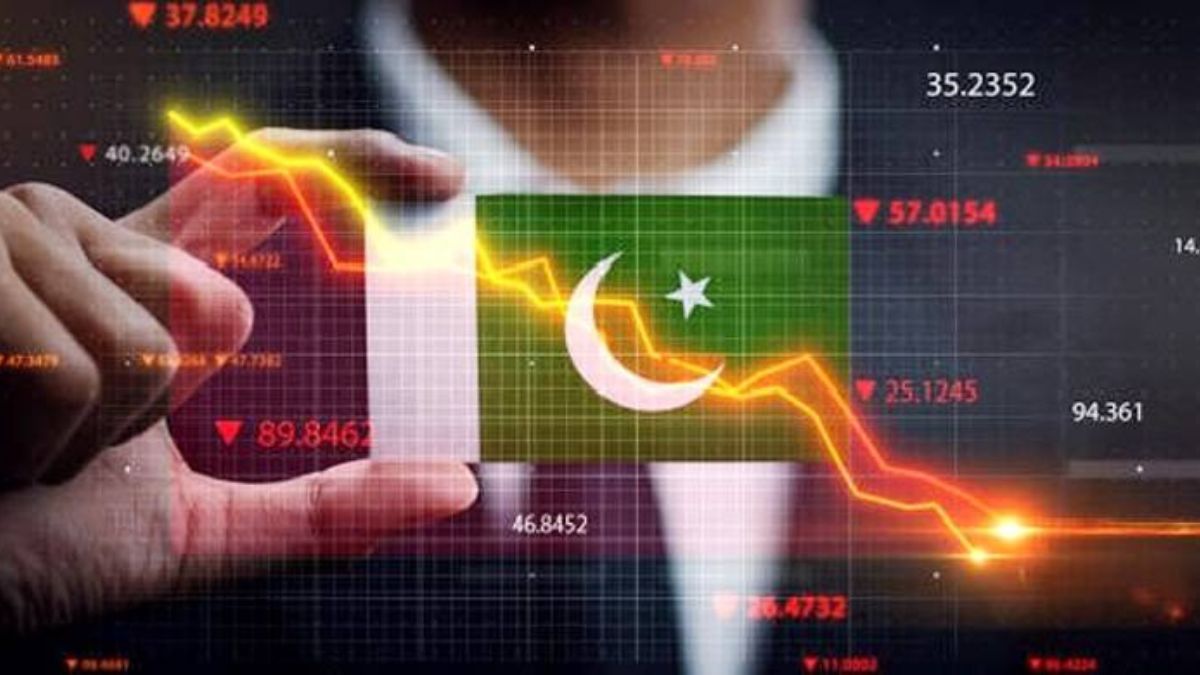Pakistan economic crisis 2025: Pakistan is currently grappling with a deep-rooted economic crisis, shaped by years of financial mismanagement, global economic volatility, and domestic instability. As inflation, debt, and poverty rise, the effects are visible across every sector of society. Understanding the underlying causes and immediate consequences is vital to forming a recovery strategy.
Key Causes of the Pakistan economic crisis 2025
The table below outlines the main factors contributing to the ongoing economic challenges in Pakistan:
| Cause | Explanation |
|---|---|
| Fiscal Deficits | Long-standing budget shortfalls due to excessive spending and low tax revenue. |
| External Debt | Pakistan’s external debt surpassed $130 billion, increasing repayment burdens. |
| Trade Imbalance | Imports outweigh exports, creating continuous current account deficits. |
| Currency Devaluation | The rupee has lost over 60% of its value since 2022, raising import costs. |
| Political Instability | Frequent government changes have disrupted long-term economic planning. |
| Tax System Weakness | Less than 2% of the population pays income tax, limiting state revenue. |
| Energy Sector Issues | High dependency on fuel imports and circular debt worsens the financial strain. |
| Climate Disasters | Floods and droughts have damaged agriculture and displaced communities. |
| IMF Conditionalities | Required reforms have increased fuel prices and inflation, causing public unrest. |
Read More: National Savings Announces Top Winners of Rs200 Prize Bond Draw in Quetta
Consequences of the Crisis
The consequences of this prolonged economic instability are severe and affect every segment of society.
| Consequence | Impact |
|---|---|
| Inflation | Food, fuel, and utility prices have surged, reducing affordability. |
| Unemployment | Industrial closures and slowed investment have caused job losses. |
| Poverty Increase | Over 40% of the population is now below the poverty line. |
| Investment Decline | Foreign and domestic investment has sharply declined. |
| Brain Drain | Skilled professionals are seeking opportunities abroad. |
| Social Unrest | Economic hardship has led to strikes, protests, and political tension. |
| Cuts in Development Spending | Health, education, and infrastructure budgets have been reduced. |
Read More: Finance Minister Chairs High-Level Talks on Fuel Prices as Regional Tensions Escalate
Government & International Response
In response to the crisis, Pakistan has engaged in short-term relief measures, often backed by international partners.
| Measure | Status |
|---|---|
| IMF Program | Pakistan entered its 24th IMF program in 2024, involving strict reform conditions. |
| Tax Reforms | New levies and GST hikes introduced to increase revenue. |
| Import Restrictions | Measures implemented to manage foreign exchange reserves. |
| Friendly Country Support | China, Saudi Arabia, and UAE have provided short-term financial assistance. |
| Fuel & Energy Adjustments | Subsidy reductions implemented, raising consumer prices. |
Conclusion
Pakistan’s economic crisis is complex and multi-dimensional. While IMF support and foreign aid may offer temporary relief, they are not long-term solutions. Sustainable recovery requires structural reforms, tax expansion, export promotion, energy independence, and political stability. Only through long-term planning and coordinated effort can Pakistan emerge from this crisis and secure its financial future. Keep visiting: Bloom Pakistan
Read More: PM Steps In Over FBR Arrest Powers









